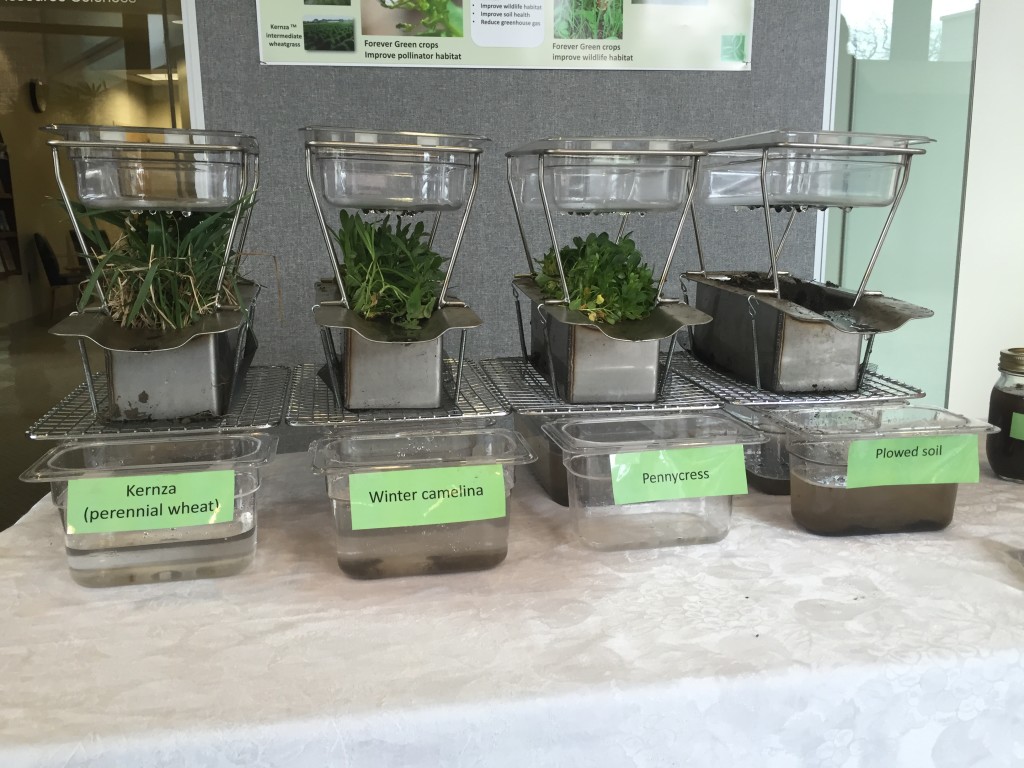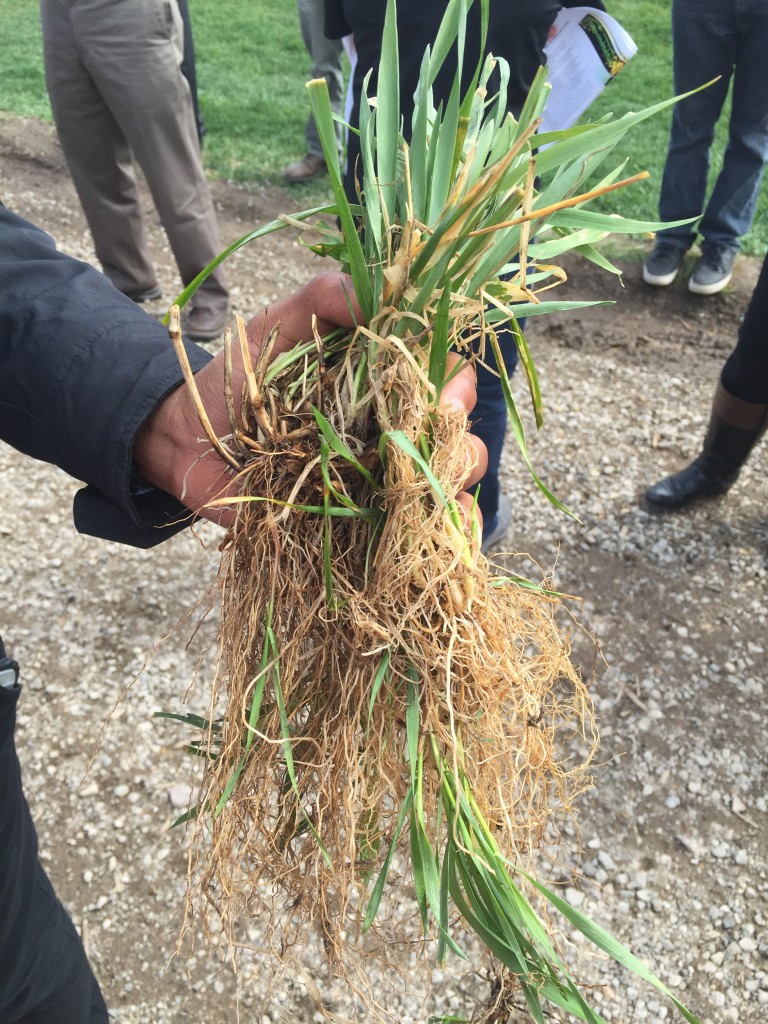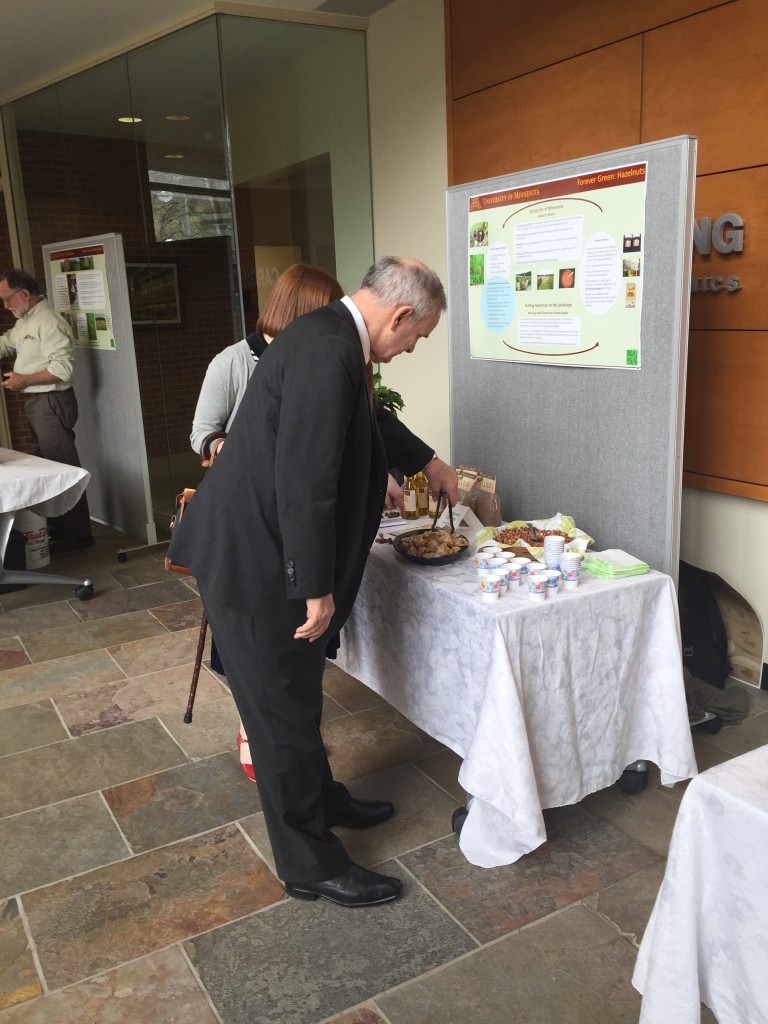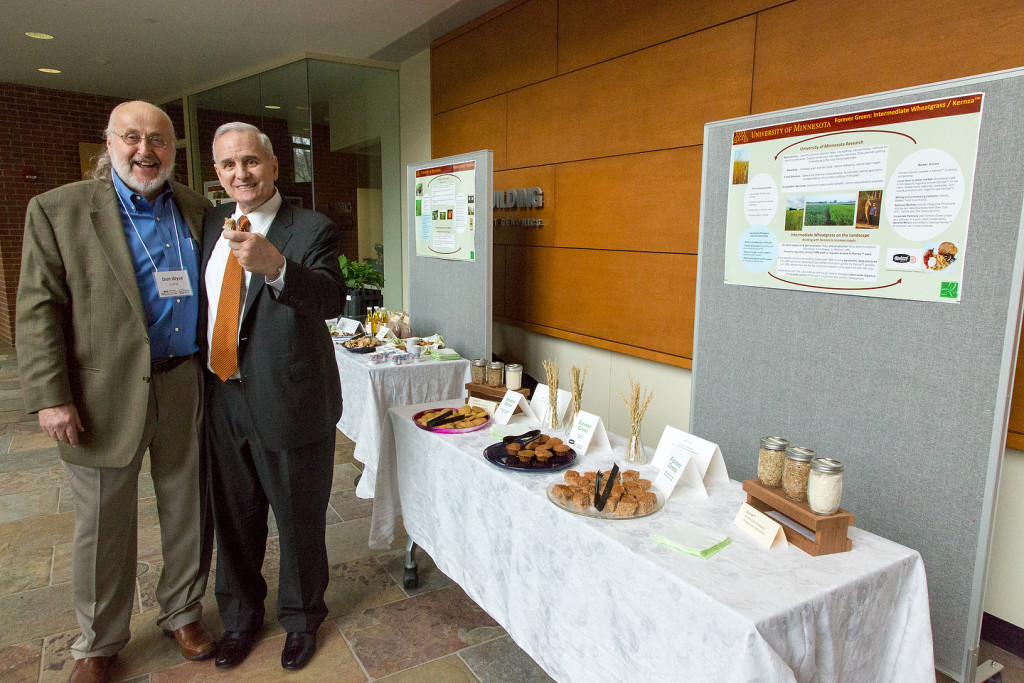Clean water is a Minnesotan value. We all have our favorite body of water that we escape to, whether it’s the Mississippi River running through the Twin Cities or an isolated lake in the Boundary Waters. The connections we as Minnesotans feel to our water is something that unites us all. Just as we treasure our clean water heritage, farming is an equally important part of our state’s economy and history. These two integral parts of Minnesota’s culture often come in to conflict with each other, as the fight to restore water quality often places much of the blame on agricultural practices.
We don’t need to pit clean water against agriculture in order to have vibrant, thriving farming communities and waterways that are swimmable, fishable and drinkable. Minnesota has the tools to reimagine our traditional practices into sustainable, economically feasible options through the University of Minnesota’s work with the Forever Green Initiative. This isn’t an either or situation. We can have clean water and farming coexisting side by side, which will benefit Minnesotans for many generations to come.
On April 19th, the Minnesota Environmental Partnership and the University of Minnesota welcomed Governor Dayton and other state officials to hear more about the Forever Green initiative and tour the research first hand as part of Water Action Week. The Forever Green Initiative relies on funding through the Minnesota Legislature and is a key component of MEP’s Clean Water and Living Landscapes initiative this session. This vital program needs steady reliable funding so research can continue uninterrupted for many growing seasons to come.
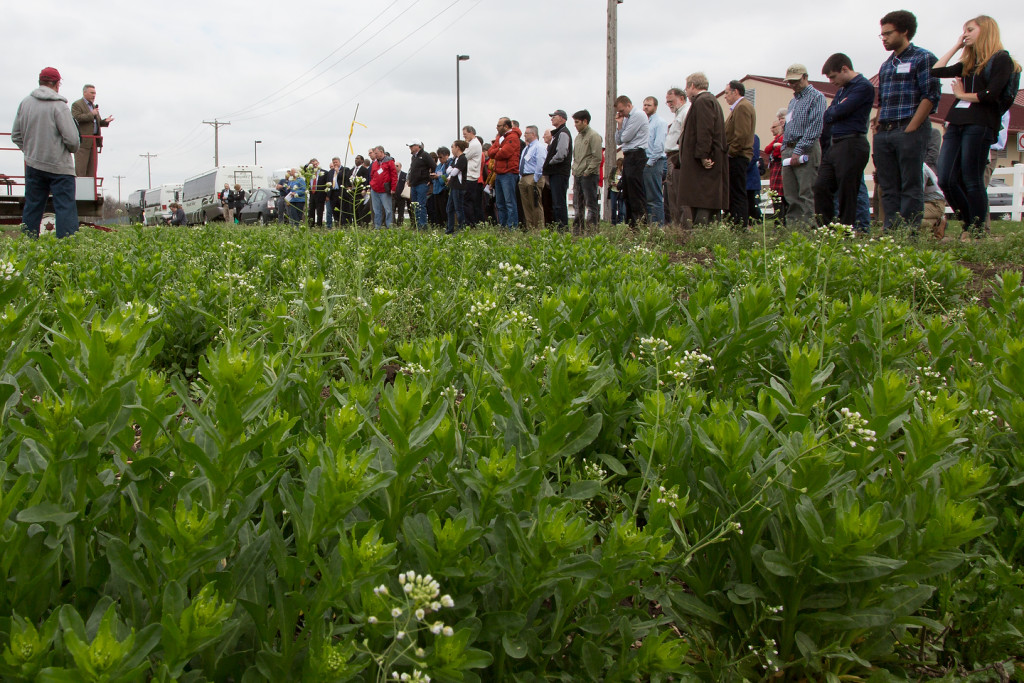
Pennycress, a Forever Green winter annual cover crop used for advanced biofuels production. Credit: David Hanson, University of Minnesota
Agricultural runoff is the largest source of pollution in Minnesota’s waterways. The annual crops that make up the majority of Minnesota’s farming systems are only growing for three to four months out of the year, leaving fields exposed to the elements for the other eight months. Without root systems or vegetative cover in place, the soil is susceptible to erosion and runoff, leaving it and the chemical fertilizers it contains to be carried into nearby waterways.
Luckily, there are solutions that farmers can employ that work with their existing agricultural practices, and even add value to their crops. The University of Minnesota’s Forever Green Initiative researches perennial and cover crops that can extend the growing season and preserve soil and water health. The Initiative works on finding solutions that farmers can employ easily, giving them the freedom to choose a method that doesn’t hurt their bottom line. However, they are also focused on developing new innovate farming techniques that move away from the traditional annual cropping system of farming to perennial year round cover.
One of the most exciting crops in development is Kernza, an intermediate perennial wheatgrass grown that the Forever Green Initiative sees as one of its breakout stars. Unlike traditional wheat, the Kernza plant comes back year after year; reducing tilling and the need to buy seed each season. Because it is a perennial, Kernza’s roots extend deep into the ground, making it more able to withstand periods of drought. These long roots hold the soil in place while the plant is dormant during the winter months, preventing it from blowing away or washing into waterways.
Not only do perennial crops like Kernza prevent runoff into lakes, rivers, and streams, they also improve soil quality by adding nutrients back into the soil. Agricultural systems that replenish their own nutrients don’t require expensive fertilizers, cutting costs for farmers. It’s also an economically viable crop – local restaurant Birchwood is already using it in their kitchen, and other small businesses are testing out its uses as well.
Forever Green is changing the way we practice farming in Minnesota without farmers having to sacrifice their economic future. We need to continue funding the innovation of Forever Green for generations to come. Projects that create solutions for farmers as well as water quality must be a priority for our state. Accelerating the development of economically viable perennial crops will move us forward towards cleaner water and healthier soil. In order to continue long term growth, we need long term investment in this research as it is ongoing over several growing seasons. Let’s make a smart investment in our future and fully fund the Forever Green Initiative for years to come.
